Use this nursing care plan and management guide to help care for patients with croup. Learn about the nursing assessment, nursing interventions, goals and nursing diagnosis for croup in this guide.
What is Croup?
Croup refers to a variety of conditions characterized by a harsh “barking” (croupy) cough, inspiratory stridor, hoarseness, and marked respiratory retraction. The condition usually affects infants and small children between 3 months and 3 years of age and occurs during cold weather.
The most common form of croup is laryngotracheobronchitis (LTB). It is caused by an acute viral infection of the larynx, trachea, and bronchi resulting in obstruction below the level of the vocal cords. Spasmodic croup is a croup of sudden onset, developing at night and characterized by laryngeal obstruction at the level of the vocal cords caused by viral infections or allergens. Both occur as a result of upper respiratory infection, edema, and spasms that cause respiratory problems in varying degrees depending on the severity of the obstruction.
Nursing Care Plans and Management
Nursing care plan and management for a child with croup include maintaining airway clearance, demonstrating increased air exchange, relieving anxiety, decreasing fatigue, and (parental) management of the condition.
Nursing Problem Priorities
The following are the nursing priorities for a child with croup:
- Respiratory assessment and monitor for signs of airway obstruction.
- Maintain a patent airway and ensure adequate oxygenation.
- Implement appropriate interventions such as humidified air, cool mist, or nebulized epinephrine to reduce airway inflammation.
- Provide emotional support to the child and their caregivers during episodes of respiratory distress.
- Educate the family about home care measures, recognizing worsening symptoms, and when to seek medical attention.
Nursing Assessment
Assess for the following subjective and objective data:
- Barking cough, resembling the sound of a seal or a dog
- Hoarseness or changes in the voice
- Stridor, a high-pitched, harsh sound during inhalation
- Difficulty breathing or shortness of breath
- Inspiratory retractions, where the skin pulls in between the ribs or above the sternum during inhalation
- Fever, typically low-grade
- Runny nose and congestion
- Sore throat or discomfort when swallowing
- Restlessness or agitation
- Fatigue or decreased activity levels
Nursing Diagnosis
Following a thorough assessment, a nursing diagnosis is formulated to specifically address the challenges associated with croup based on the nurse’s clinical judgment and understanding of the patient’s unique health condition. While nursing diagnoses serve as a framework for organizing care, their usefulness may vary in different clinical situations. In real-life clinical settings, it is important to note that the use of specific nursing diagnostic labels may not be as prominent or commonly utilized as other components of the care plan. It is ultimately the nurse’s clinical expertise and judgment that shape the care plan to meet the unique needs of each patient, prioritizing their health concerns and priorities.
Nursing Goals
Goals and expected outcomes may include:
- The client will maintain clear, open airways as evidenced by normal breath sounds, normal rate and depth of respiration, and the ability to effectively cough up secretions after treatments and deep breaths.
- The child will manifest adequate ventilation as evidenced by respiratory rate within parameters for age, absence of retractions, accessory muscle use, and grunting clear breath sounds, and oxygen saturation >94%.
- The parents/child will remain calm and experience decreased anxiety.
- The child will sleep adequately without interruption.
- The child will be able to eat and drink sufficiently.
- The parents will verbalize and understand how to give warm mist to a child with spasmodic croup.
- The parents will recognize when to seek medical care for their child.
Nursing Interventions and Actions
Therapeutic interventions and nursing actions for patients with croup may include:
1. Managing Persistent Coughing and Maintaining Patent Airway
Croup is a viral infection that causes inflammation of the upper airways, leading to the narrowing of the air passages. This narrowing makes it difficult for the child to breathe, and can also make it harder to effectively clear mucus and other secretions from the airways. To maintain a patent airway in patients with croup, interventions such as providing humidified air, keeping the child calm and upright, and encouraging them to take deep breaths can help reduce airway swelling and maintain adequate oxygenation.
Observe the sound of a cough.
Grunting is produced during expiration by a premature glottic closure. It is an effort to maintain or increase functional residual capacity.
Assess the use of accessory muscles with nasal flaring.
As the trachea and larynx become inflamed and swollen, a child with croup produces a bark-like cough and hoarse or muffled vocal sounds. When it progresses, the child may manifest further upper airway obstruction with severely compromised oxygenation.
Assess pulse, respiration, and auscultate lung sounds.
An increasing pulse or respiratory rate, or a loud, high-pitched crowing breath sound (stridor) signifies decreasing oxygenation.
Observe changes in the level of consciousness.
Restlessness, confusion, and irritability are early indicators of insufficient oxygen to the brain (hypoxemia).
Monitor oxygen saturation using pulse oximetry; Assess arterial blood gases (ABGs) as ordered.
See Laboratory and Diagnostic Procedures
Monitor viral testing and chest-Xray results.
See Laboratory and Diagnostic Procedures
Advise increase fluid intake and maintain intravenous fluid as prescribed.
Adequate hydration can help loosen mucus in the oropharynx and prevent dehydration.
Place the child elevated in a semi-Fowler’s to high Fowler’s position; Reposition the child frequently.
Facilitates breathing and maximal lung expansion by lowering the diaphragm. Frequent repositioning prevents the pooling and stasis of secretions.
Use a cool mist humidifier or allow a hot shower to run for 10 minutes until the bathroom becomes humid and steamy, then let the child sit or stand in the bathroom.
Cool mist and humidity soothe inflamed airways and decrease the viscosity of the mucus thus helping in clearing the airway.
Perform chest physiotherapy as indicated.
Promotes expansion of the lungs, strengthens respiratory muscles, and mobilization of secretions.
Place the child in a comfortable upright position. Use pillows or padding if necessary.
Ensure optimal ventilation through maximum lung expansion.
Allow adequate rest periods and stress the importance of keeping the child relaxed by cuddling.
Incessant crying increases oxygen demands and respiratory muscle fatigue can worsen airway obstruction.
Encourage clearance of secretions through gentle suctioning and coughing exercises.
Promote airway clearance through the mobilization of secretions.
Administer humidified supplemental oxygen via tent or hood as prescribed.
Humidified oxygen promotes adequate oxygenation without drying the mucous membrane.
Administer corticosteroids (e.g., dexamethasone) and racemic epinephrine as indicated.
See Pharmacologic Management
2. Reducing Anxiety
Children with croup may experience anxiety related to a change in their health status and hospitalization due to the sudden onset of symptoms and the need for medical intervention. The child may also feel scared or uncomfortable in an unfamiliar environment, away from the comforts of home. Moreover, the parent or caregiver‘s concern and anxiety about the child’s health and hospitalization can also affect the child’s emotional state.
Assess the level and sources of anxiety of parents and child and recognize behaviors causing anxiety.
Provides learning about the need for interventions to alleviate anxiety and concern.
Encourage parents to verbalize concerns and to ask inquiries about the condition and what to expect.
Provides an opportunity to express feelings, and gather information needed to decrease anxiety.
Provide a calm, quiet environment for the child.
Anxiety affects respirations and a calm environment lessens anxiety.
Encourage parents to stay with infant/small child during hospitalization, bring book/toy, blanket from home; allow visits from siblings.
Enable parents to participate in the care of the child and provide familiar objects and people to decrease the child’s anxiety.
Explain all procedures including the use of a croup tent, care, and any changes in condition.
Fear of the unknown produces anxiety.
Explain the course of the disease to parents and child, that recovery is fairly prompt with appropriate therapy, and that cough may persist for a week or more after recovery.
Reduces anxiety caused by the sound of the breathing and appearance of the infant/small child.
Inform and discuss signs and symptoms indicating further severity of the condition and measures to take.
Reduces anxiety caused by increasing acuteness of condition by knowledge of what actions to make and when to notify the physician.
Clarify any misinformation and answer all questions regarding the disease condition.
Prevents unnecessary anxiety resulting from inaccurate information or beliefs.
Instruct and assist parents in interacting with the child when using a tent.
Promotes support to the child and relieves anxiety.
If hospitalized, carry out home routines for grooming, feeding, and sleeping preparation.
Prevents anxiety associated with daily ritual changes
3. Initiating Patient Education and Health Teachings
Lack of knowledge about croup can contribute to parental or caregiver distress and anxiety when their child is experiencing symptoms. Parents may feel overwhelmed and unsure about how to manage the condition or recognize when to seek medical attention, adding to their exhaustion and fatigue. Also, the child with croup may experience exhaustion fatigue due to the increased effort required to breathe and the disrupted sleep patterns caused by coughing episodes, leading to decreased energy levels and overall tiredness.
Assess for weakness and fatigue, and ability to rest, sleep, and eat.
Dyspnea and work of breathing create exhaustion over a period of time affecting the ability to rest, eat, and drink.
Explain the importance of conserving energy and avoiding fatigue to parents and the child.
Promotes understanding of infant/young child’s response to respiratory distress and
importance of rest and support to prevent fatigue.
Provide rest periods in a quiet, comfortable environment.
Rest decreases fatigue and respiratory distress.
Disturb only when needed, perform all care at one time instead of spreading over a long period of time.
Conserves energy and prevents interruptions in rest.
Encourage quiet activities that do not require exertion.
Quiet play prevents excessive activity, which depletes energy and increases respiration.
Instruct parents to maintain a calm, deliberate manner when providing care; Avoid any activities that stimulate crying and not allow the infant to cry longer than 1 to 2 minutes.
Crying and tension can trigger coughing. Prolonged crying aggravates airway obstruction.
Suggest energy-saving comfort measures such as rocking the infant/young child slowly, singing lullabies, playing with the child, and feeding in small amounts.
Provides support to infants/small children and conserves energy.
Assist parents in formulating a plan for bathing, feeding, and changing diapers around rest periods.
Prevents interruption in rest or sleep.
Assess the parent’s understanding of the condition of the child.
Provides baseline information for education.
Screen visiting family members and significant others for any infectious disease or recent exposure.
Prevents direct contact with a person with illness; Minimizes risk of complications for the infected child.
Instruct parents to notify health care if the child has a high fever (>101°F) or any signs of breathing problems.
Provides parents with instructions on when to seek medical health care.
Educate parents on providing a high-calorie balanced diet and increased fluid intake.
Decreases the viscosity of the mucus, and replaces calories used to fight infections, stimulating the child’s own natural immune system.
Stress the importance of adequate sleep and rest periods.
Helps the child’s ability to recover from illness and prevent relapses.
Encourage and demonstrate handwashing techniques and the appropriate disposal of soiled items.
Good hand hygiene prevents the spread of illness.
Teach parents how to provide humidity by running a hot shower while the child is sitting in the bathroom with the door closed and while holding the child. Taking the child out into the cool night air when taking the child to the hospital, may decrease the symptoms.
Decreases bronchial spasms and relieves mucosal inflammation.
Encourage and teach parents to provide care for the hospitalized child at a level they are comfortable with and within the constraints of necessary treatments.
Promotes parental identity and control; may decrease anxiety and stress.
Educate parents on the administration and uses of prescribed medications.
Facilitates appropriate medication administration and recognition of adverse side effects.
Inform parents that spasmodic croup may reoccur for 1 or 2 nights.
Provides anticipatory guidance to parents.
4. Administer Medications and Provide Pharmacologic Support
The medications involved in the treatment of croup primarily include corticosteroids, such as dexamethasone or prednisolone, which help reduce airway inflammation and swelling. In more severe cases, nebulized epinephrine may also be used to provide temporary relief by reducing airway constriction and inflammation.
Racemic epinephrine
Epinephrine produces bronchodilation and widens the lumen of the airway.
Corticosteroids (such as dexamethasone or prednisolone)
Decreases both laryngeal mucosal edema; Suppresses inflammation and normal immune response.
Antipyretics (such as acetaminophen or ibuprofen)
These medications can be used to alleviate fever and discomfort associated with croup.
5. Monitoring Results of Diagnostic and Laboratory Procedures
Laboratory tests are typically not necessary for diagnosing croup, as it is primarily a clinical diagnosis based on symptoms and physical examination findings. However, in some cases, healthcare providers may order viral testing (throat swab or respiratory specimen) to identify the specific virus causing croup, and pulse oximetry may be used to assess oxygen saturation and respiratory status.
Viral testing
A throat swab or respiratory specimen may be collected to identify the specific virus causing croup, commonly respiratory syncytial virus (RSV) or parainfluenza virus.
Pulse oximetry
This non-invasive test measures the oxygen saturation level in the blood and can help assess the child’s respiratory status and oxygenation.
Chest X-ray
In certain cases, a chest X-ray may be performed to evaluate the airway and rule out other conditions with similar symptoms, such as epiglottitis or foreign body aspiration.
Recommended Resources
Recommended nursing diagnosis and nursing care plan books and resources.
Disclosure: Included below are affiliate links from Amazon at no additional cost from you. We may earn a small commission from your purchase. For more information, check out our privacy policy.
Ackley and Ladwig’s Nursing Diagnosis Handbook: An Evidence-Based Guide to Planning Care
We love this book because of its evidence-based approach to nursing interventions. This care plan handbook uses an easy, three-step system to guide you through client assessment, nursing diagnosis, and care planning. Includes step-by-step instructions showing how to implement care and evaluate outcomes, and help you build skills in diagnostic reasoning and critical thinking.

Nursing Care Plans – Nursing Diagnosis & Intervention (10th Edition)
Includes over two hundred care plans that reflect the most recent evidence-based guidelines. New to this edition are ICNP diagnoses, care plans on LGBTQ health issues, and on electrolytes and acid-base balance.

Nurse’s Pocket Guide: Diagnoses, Prioritized Interventions, and Rationales
Quick-reference tool includes all you need to identify the correct diagnoses for efficient patient care planning. The sixteenth edition includes the most recent nursing diagnoses and interventions and an alphabetized listing of nursing diagnoses covering more than 400 disorders.

Nursing Diagnosis Manual: Planning, Individualizing, and Documenting Client Care
Identify interventions to plan, individualize, and document care for more than 800 diseases and disorders. Only in the Nursing Diagnosis Manual will you find for each diagnosis subjectively and objectively – sample clinical applications, prioritized action/interventions with rationales – a documentation section, and much more!

All-in-One Nursing Care Planning Resource – E-Book: Medical-Surgical, Pediatric, Maternity, and Psychiatric-Mental Health
Includes over 100 care plans for medical-surgical, maternity/OB, pediatrics, and psychiatric and mental health. Interprofessional “patient problems” focus familiarizes you with how to speak to patients.

See also
Other recommended site resources for this nursing care plan:
- Nursing Care Plans (NCP): Ultimate Guide and Database MUST READ!
Over 150+ nursing care plans for different diseases and conditions. Includes our easy-to-follow guide on how to create nursing care plans from scratch. - Nursing Diagnosis Guide and List: All You Need to Know to Master Diagnosing
Our comprehensive guide on how to create and write diagnostic labels. Includes detailed nursing care plan guides for common nursing diagnostic labels.
Other nursing care plans for pediatric conditions and diseases:
- Acute Glomerulonephritis | 4 Care Plans
- Acute Rheumatic Fever | 4 Care Plans
- Apnea | 4 Care Plans
- Brain Tumor | 3 Care Plans
- Bronchiolitis | 5 Care Plans
- Cardiac Catheterization | 4 Care Plans
- Cerebral Palsy | 7 Care Plans
- Child Abuse | 4 Care Plans
- Cleft Lip and Cleft Palate | 7 Care Plans
- Congenital Heart Disease | 5 Care Plans
- Congenital Hip Dysplasia | 4 Care Plans
- Croup Syndrome | 5 Care Plans
- Cryptorchidism (Undescended Testes) | 3 Care Plans
- Cystic Fibrosis | 5 Care Plans
- Diabetes Mellitus Type 1 (Juvenile Diabetes) | 4 Care Plans
- Dying Child | 4 Care Plans
- Epiglottitis | 5 Care Plans
- Febrile Seizure | 4 Care Plans
- Guillain-Barre Syndrome | 6 Care Plans
- Hospitalized Child | 5 Care Plans
- Hydrocephalus | 5 Care Plans
- Hypospadias and Epispadias | 4 Care Plans
- Intussusception | 3 Care Plans
- Juvenile Rheumatoid Arthritis | 4 Care Plans
- Kawasaki Disease | 6 Care Plans
- Meningitis | 7 Care Plans
- Nephrotic Syndrome | 5 Care Plans
- Osteogenic Sarcoma (Osteosarcoma) | 4 Care Plans
- Otitis Media | 4 Care Plans
- Scoliosis | 4 Care Plans
- Spina Bifida | 7 Care Plans
- Tonsillitis and Adenoiditis | 4 Care Plans
- Umbilical and Inguinal Hernia | 4 Care Plans
- Vesicoureteral Reflux (VUR) | 5 Care Plans
- Wilms Tumor (Nephroblastoma) | 4 Care Plans

























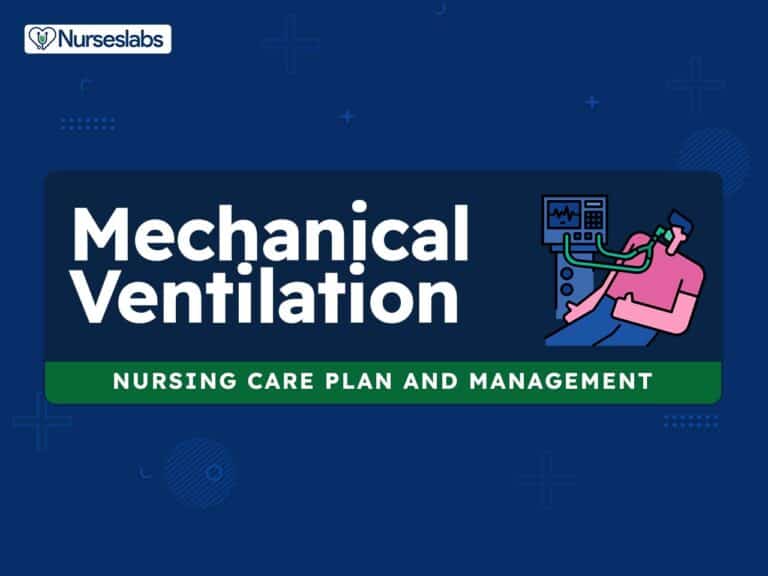
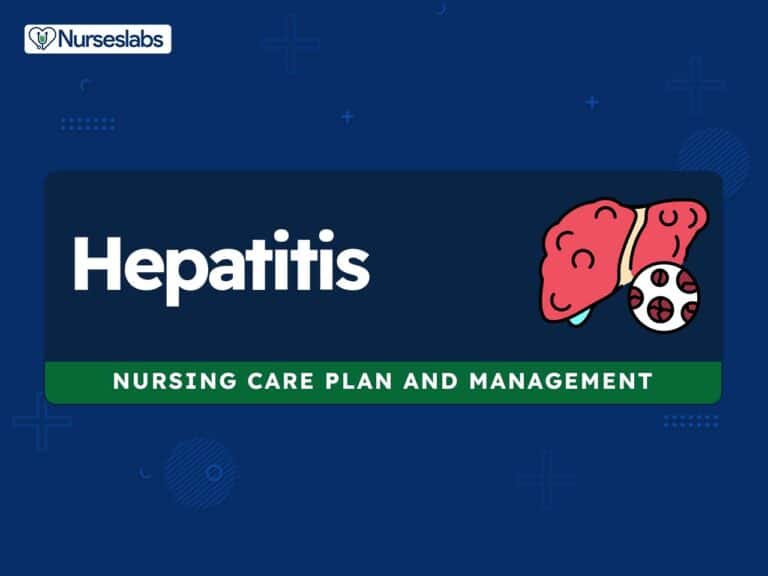
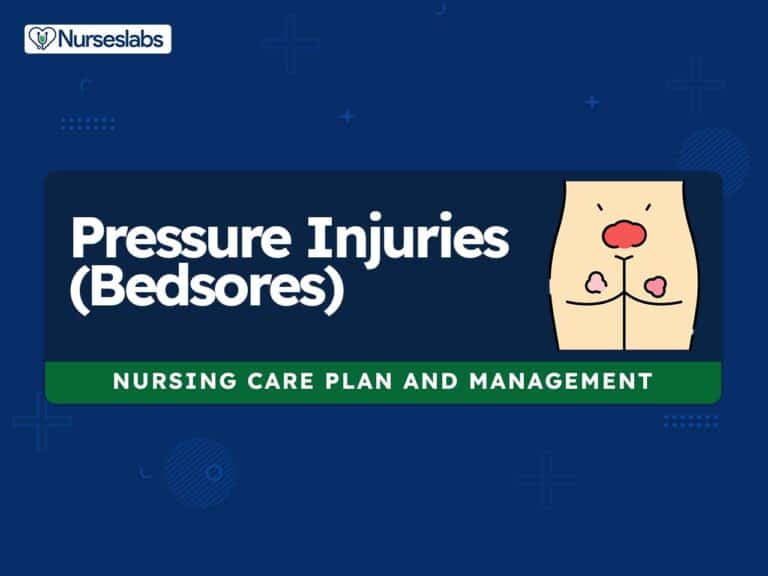
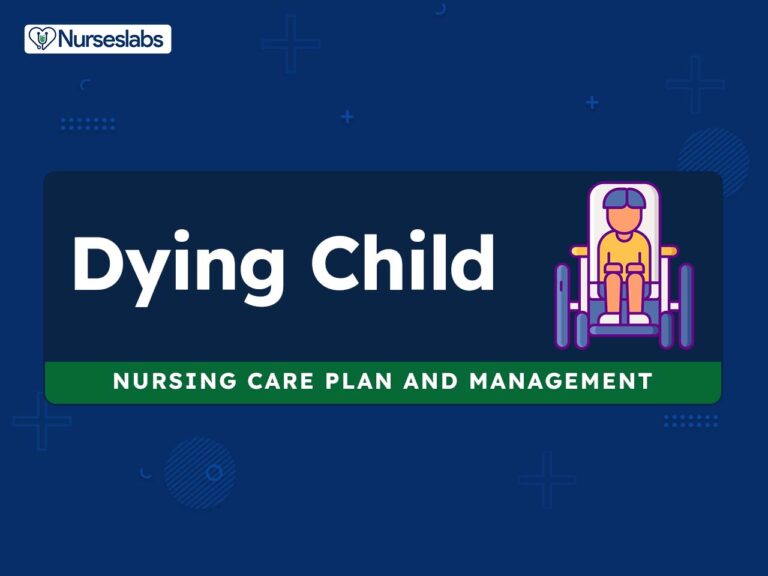
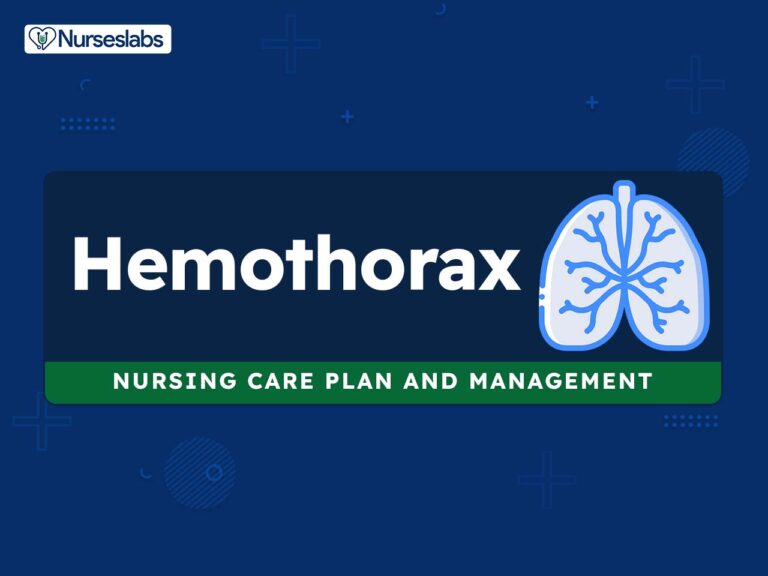
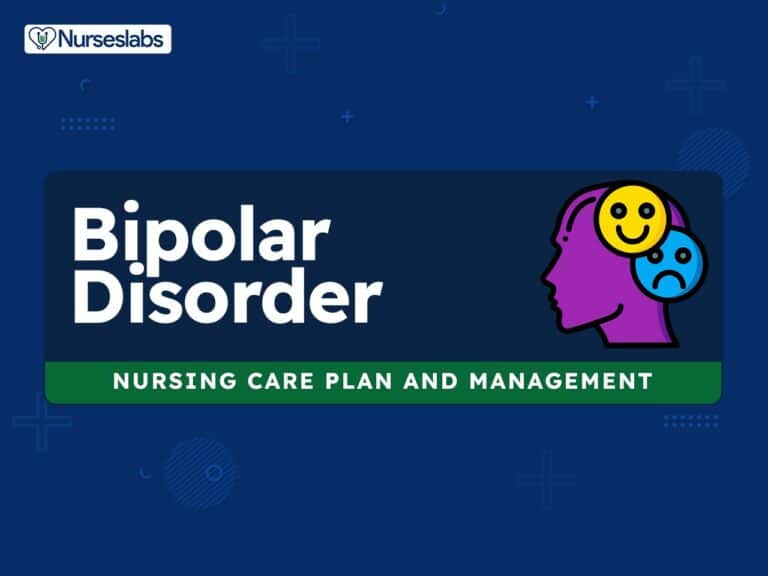
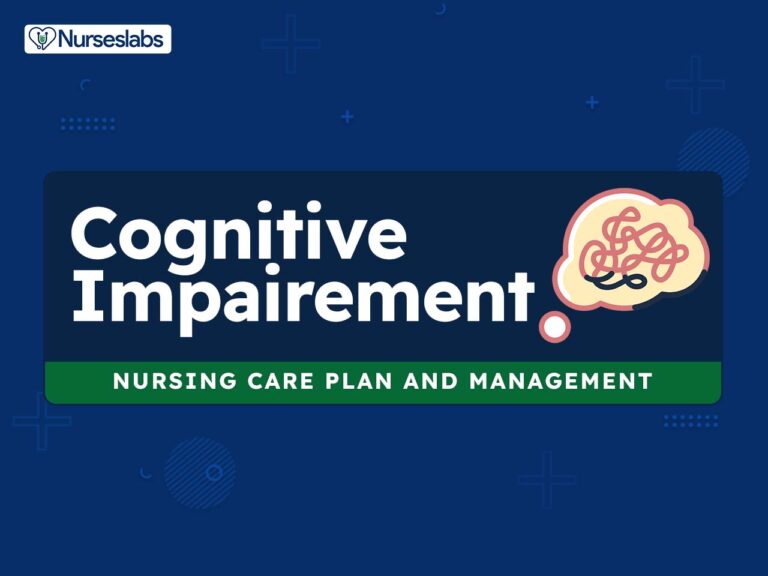

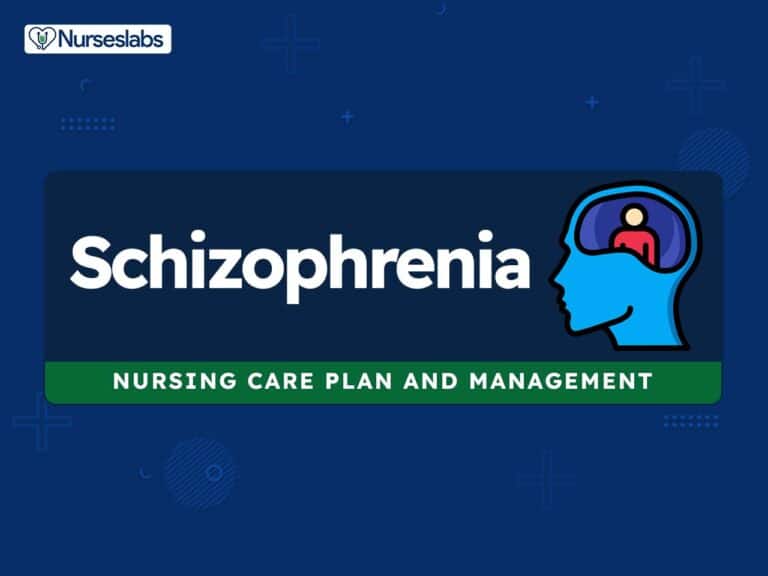
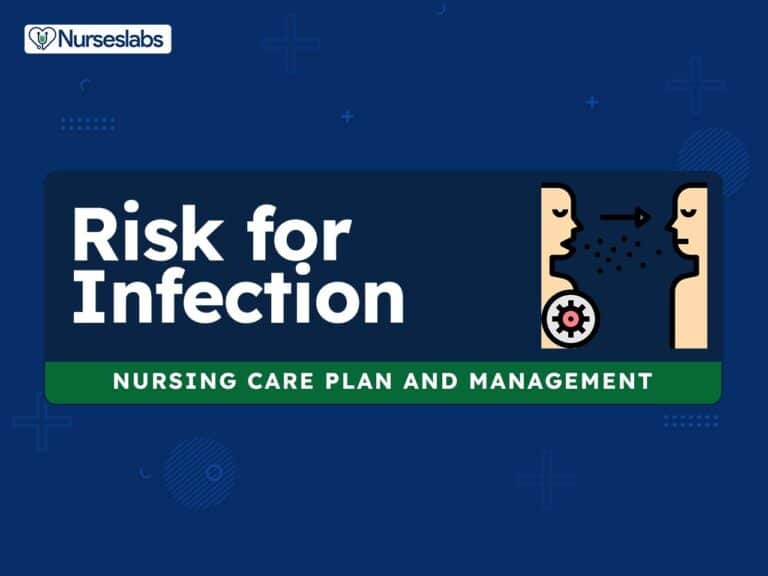


Leave a Comment